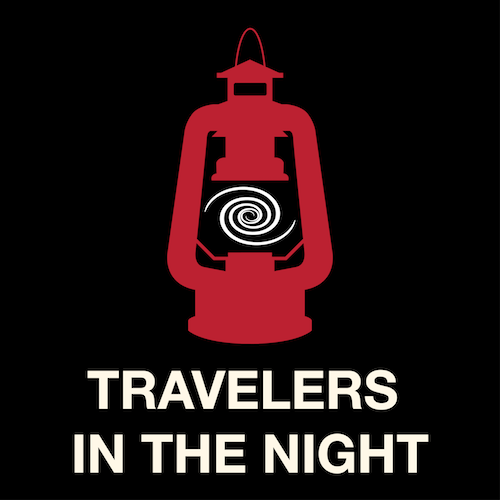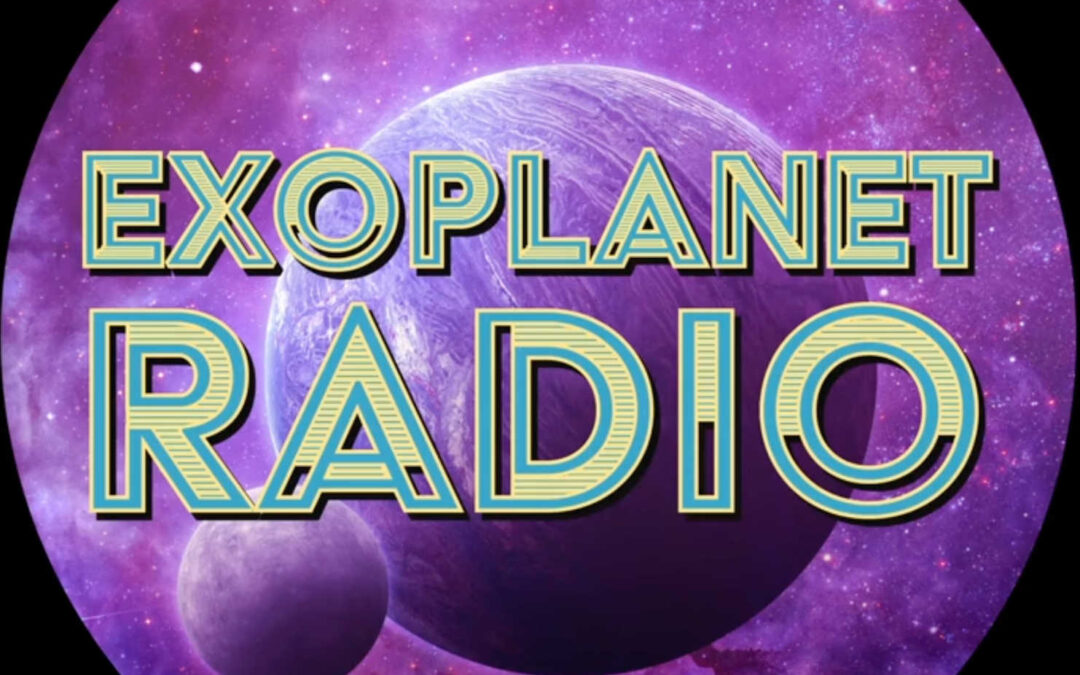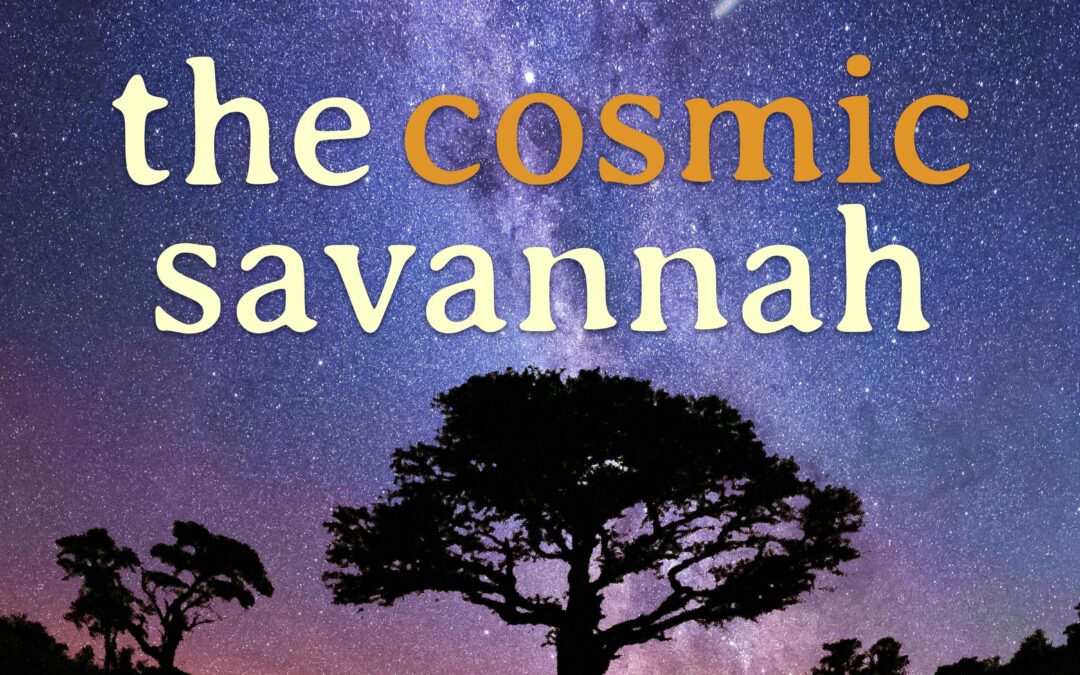One day, we’ll contemplate the possibility of reshaping Mars to suit human life. Is it even possible? What technologies would be used?


One day, we’ll contemplate the possibility of reshaping Mars to suit human life. Is it even possible? What technologies would be used?

Today’s Travelers in the Night will tell a story about the search is on for advanced civilizations & Ultima Thule, New Horizon’s target.


Let’s dive into the news in space and astronomy, including Hubble, Chandra, and VIPER face cuts/cancellations, weird exoplanet orbits & more.

Building the future! Accommodation and travel. How will we build a lunar base? Will travel to Mars ever become routine?


How common are habitable planets? Where’s the life? How common are planets that could potentially support life?


